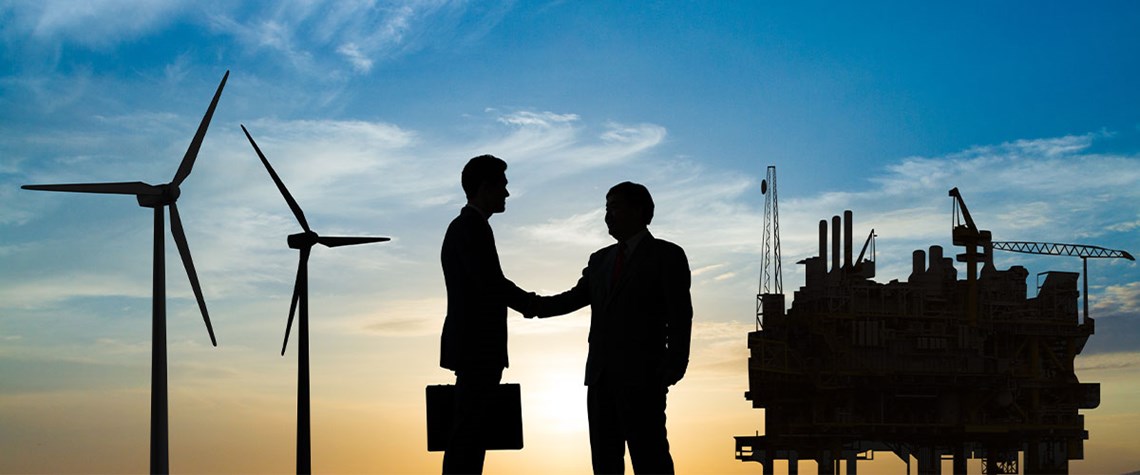Six of Europe’s largest oil and gas companies will collectively spend nearly $27bn/yr on low-carbon investments in 2025, around 35pc of their total investments in that year, according to an analysis of capital allocation plans by Transition Economist.
Oil and gas firms report their spending plans in different ways, with some giving averages of four year plans and others setting expected spending within a range. Some set low-carbon investment in actual amounts and others express them as a percentage of total capex. But as part of their climate transition plans the six European majors—BP, Eni, Equinor, Repsol, Shell and TotalEnergies—evaluated by Transition Economist have all set some form of 2025 low-carbon spending targets.
Shell is the firm that will spend the most in 2025 with $12bn of spending in 2025, followed by BP with $5bn and then Equinor and TotalEnergies with $3.3bn and $3.25bn respectively.
Shell is also targeting the highest portion of its spending on low-carbon investments in 2025 at 50pc. BP is targeting 40pc, Equinor and Eni 30pc, and the rest 25pc or under. The company says it will spend a third of its capex on its low-carbon business as early as this year—around $8bn.
In addition to Shell, Eni, Equinor and BP all have targets to spend 50pc or more of their capex on low-carbon investments by 2030.
Almost all of the companies covered have announced some form of update to their emissions reduction strategies or low-carbon investment targets over the past year.
Paris compliance
Only the transition plans of Eni, Repsol, TotalEnergies and BP are in the top tier of compliance with the goals of the Paris Agreement, according to a recent analysis of majors’ transition targets and plans by non-governmental organisation (NGO) Carbon Tracker.
The thinktank’s annual Absolute Impact report looks at the form in which the firms have set their targets, the credibility of those targets and how capital is being allocated to meet the targets.
The NGO echoes a call from activist investors that setting a target for net zero is not enough. Interim targets—and capex plans to meet those targets—are vital if the goals of the Paris Agreement are to be achieved.
“For companies or investors, seeking to align with limiting warming to a specific level—such as 1.5°C—interim targets on the way to net zero are critical,” the most recent report says.
European majors are more advanced in their transition plans than other oil firms around the world. The Energy Investment 2022 report from the International Energy Agency (IEA) found that in 2022 just 8pc of the spending of global oil and gas firms will be on low-carbon investments.
Necessary investment
The IEA and the International Renewable Energy Agency both estimate over $4tn/yr will need to be invested between now and 2030 if the 1.5°C goal of the Paris Agreement is to be achieved.
By 2030 annual investment in renewables in the electricity sector alone must reach $1.3 tn, according to the IEA—slightly more than the highest level ever spent on fossil fuel supply, $1.2tn in 2014.
The IEA says this spending would result in annual GDP growth that is nearly 0.5pc higher than a scenario where spending is consistent with current announced policies.








Comments